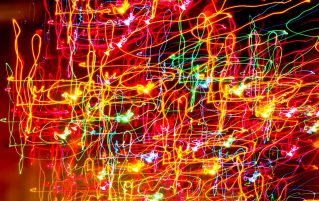

Basically, noble gases are colourless, odorless, tasteless, and non-flammable gases at room temperature and pressure. On Earth, the noble gases are fairly rare with the exception of argon. Argon makes up just under 1% of the Earth’s atmosphere, making it the third most abundant gas in the atmosphere after nitrogen and oxygen.
Did you ever wonder where they got their names from? The Scottish chemist, William Ramsay, first isolated a new, heavy component of air, which was extremely unreactive. He named this gas argon, from the Greek word argos meaning lazy. In 1898, Ramsay cooled air onto a liquid, and obtained three new elements. He named these elements krypton, from the Greek word kryptos, meaning hidden; neon, from the Greek word neos, meaning new; and xenon, from the Greek word xenos , meaning strange.
GCSE Scientists – you need to be able to explain the properties of the Noble Gases. For help with this try our new guide “How to work with the Noble Gases”. It includes questions to try, and answers to check your understanding.
Click on the picture below to see the guide.
If you found this useful and think you would benefit from some additional help, please contact us.
